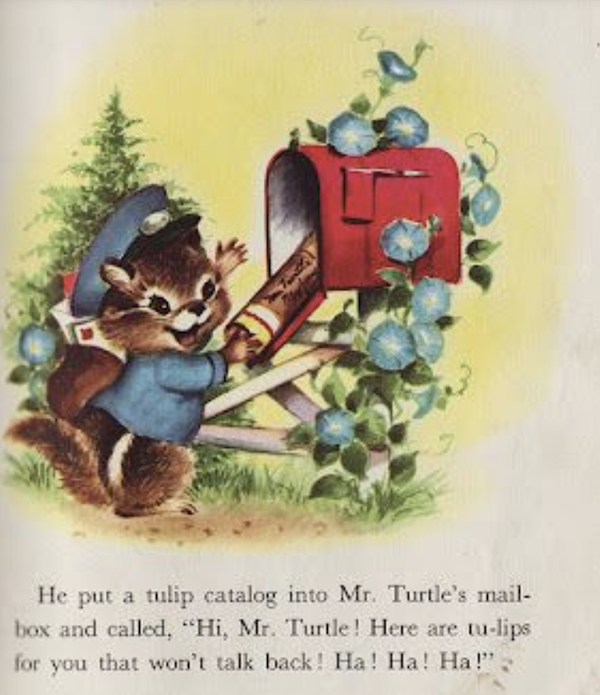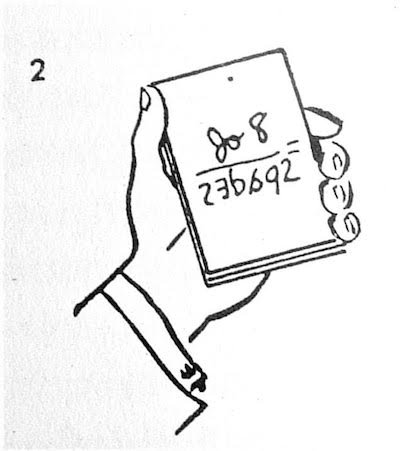Dustings #84
/I was thinking again about the influence plot and I realized the main issue I have with it is that it’s usually presented this way:
“I just read your mind!” (Or, “I predicted exactly what you would do.”)
Followed by:
“Actually, what happened is that you were influenced.”
In magic or mentalism or whatever, I don’t think it’s great dramatic structure to say, “This impossible thing just happened.” Followed by, “Actually, this somewhat possible thing is what really happened.” And then show them evidence of that more possible explanation.
I think it’s much stronger to start with the somewhat believable explanation. Then say, “Actually it was [some more impossible thing].” And then provide evidence of that more impossible thing.
Spring App Cleaning
Once a year I think it’s a good idea to go through your magic apps on your phone (if you’re an app person) and douche out the ones you haven’t used in the past year.
It may seem like a pointless exercise because it’s not like these apps are taking up much space in any real sense (other than some minor amount of storage space on your phone). But I think it’s just good as a way to remind yourself of the apps you have, and perhaps inspire some new ideas with apps you haven’t considered in a while.
As Marie Kondo says, if the apps don’t “spark joy” in you, just get rid of them. Even digital clutter is depressing, and opening up your magic app folder to find a bunch of apps you wasted money on doesn’t put you in the best mindset for performing. You can always download them again in the future if you’re struck with some inspiration for a particular app.
You ever move apartments or houses after years of living in the same one, and you’re packing up your books and you’re reminded of ones you’d forgotten about, or you’re reminded to re-read something? Or you remember some ideas the books inspired in you the last time you read it? That’s sort of what this process is meant to mimic. A quick but purposeful re-examination of your collection in order to get you to reconsider them or trash them.
Here’s an odd find. If you have the Christmas Plus app on your TV, it has a section called Free Movies and Magic which is just all the David Blaine specials.
I’m sure these are probably available on youtube, but it was nice to find them all in one spot here.
You might be saying, “Andy, are you okay? What’s going on in your life that has you looking at the on-demand Christmas channel in mid-April?”
LEAVE ME THE FUCK ALONE!
Big fan of mine, Glenn Bishop (aka Bish the Magish, aka the man they call Mr. Hypnotist) is ramping up his efforts to get more gigs.
I wish him well, although I don’t know how useful “direct mail” and 30-plus-year-old promotional material will be in capturing business in 2023. I think Glenn should have a tiktok channel where he and his bros go around picking up babes, pranking people, and having the best time with magic. If he’s not down for that idea, then maybe an ultra-erotic Onlyfans. (Not too sexual. Just sensual.)
In hopes to assist Glenn in his bid for some “early mourning” shows, I would like to remind him that a few years ago I updated his promotional material to give it a bit of a more modern edge, which I hope he’ll find useful.


















